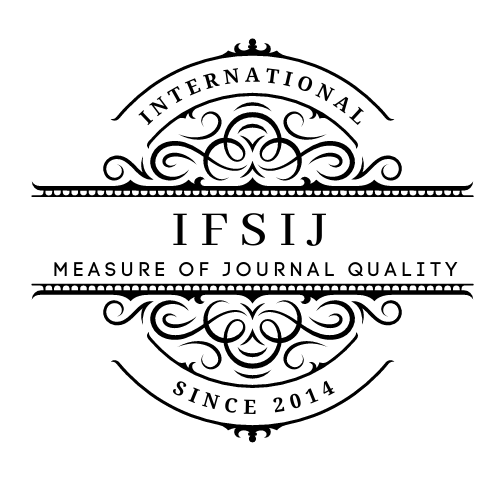ACUTE GLOMERULONEPHRITIS AND RENAL FUNCTIONS IN CHILDREN
Keywords:
Acute glomerulonephritis (AGN), Pediatric nephrology, Hematuria, Primary glomerulonephritis (PGN), Renal functional state, Laboratory findings.Abstract
One of the important aspects of pediatric pathology is inflammatory diseases of the urinary system, among which various forms of glomerulonephritis deserve special attention [1, 2]. The most constant symptom of glomerulonephritis (GN) in children is hematuria, which can be the leading and only manifestation of the disease. Issues related to acute glomerulonephritis (AGN) have been the subject of discussion in several conferences and publications in recent years [3, 4]. This interest is due to the variety of syndromes based on their mechanisms of development and prognosis (primary, secondary). There are known specific diagnostic and therapeutic difficulties associated with AGN [5, 6]. AGN often begins in childhood, can persist for several decades, and in adults can transform into more severe forms of the disease [7, 8]. We analyzed the indicators of renal functional state (RFS) in various clinical forms of AGN (PGN, VGN) [9]. The aim of this study was to investigate the clinical and laboratory features of the course of primary and secondary GN in children.
Downloads
Published
How to Cite
Issue
Section
License

This work is licensed under a Creative Commons Attribution-NonCommercial-NoDerivatives 4.0 International License.















